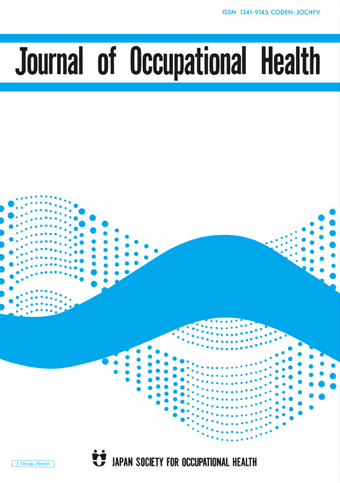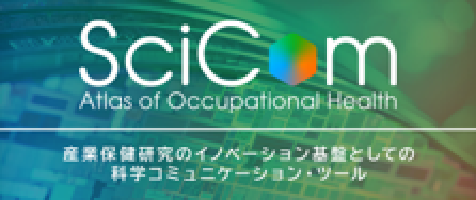Clearing The Air: Leveraging Nasal Filters To Monitor Animal Allergens In Veterinary Practices
In recent years, there has been a growing interest in assessing human exposure to animal allergens, particularly from domesticated animals like cats and dogs. Since these allergens are commonly airborne, their environmental concentrations are mainly assessed through area sampling of specific rooms or personal sampling by individuals. The current gold standard for personal sampling involves carrying portable pumps that collect airborne dust. However, this is a noisy, time-consuming, inconvenient, and expensive method that is not feasible for all settings. Therefore, scientists are exploring alternatives, including nasal air samplers or filters that can be worn in the nostrils, to collect airborne allergens through normal inhalation.
Scientists from Germany have assessed the applicability of the Rhinix nasal filters to measure veterinary practitioners’ daily exposure to animal allergens. About 94 employees from various veterinary practices and 18 employees (control group) from an animal-free research institute were requested to wear the Rhinix nasal filters during their routine work, and their exposure to major animal allergens from cats, dogs, and domestic mites were recorded.
82% and 98% of the veterinary samples had significantly high concentrations of cat and dog allergens, respectively; with 39% samples containing low levels of mite allergens. Cat and dog allergens were even present in veterinary samples where no direct contact with these animals was reported. And contact with at least one cat or dog increased the exposure levels of their respective allergens by 5 and 3.5 times, respectively. Surprisingly, the researchers also detected cat, dog, and mite allergens in 39%, 6%, and 17% of the control samples, respectively, albeit in very low concentrations. This could be because some of the control participants were pet owners themselves, and could be carrying the allergens on their clothes and hair.
Median concentrations of dog allergens were four times higher than that of cat allergens. However, the amount of cat allergens increased significantly with increasing duration of contact with cats; this was not the case with dog allergens. The concentrations of mite allergens were relatively low and did not vary between the two groups.
These findings support the efficacy and high sensitivity of the Rhinix nasal filters in detecting even trace levels of animal allergens. These nasal filters are inexpensive and easy-to-use for monitoring personal allergen exposures. Moreover, these devices could be a promising approach to identify, quantify, and curb the occurrence of allergen-associated occupational health hazards.
Link to the original journal article:
https://www.jstage.jst.go.jp/article/eohp/4/1/4_2022-0002-OA/_article
Use of nasal filters for allergen exposure measurements in veterinary practices
Eva Zahradnik, Ingrid Sander, Olaf Kleinmüller, Alexandra Beine, Frank Hoffmeyer, Albert Nienhaus, Monika Raulf
Here are some ways you can make it easier for your plain-language summary to be discovered once it has been published:
- Upload the summary on your personal, lab/research group, or university website.
- Share the published content with peers and colleagues through your personal social media accounts (Facebook, Twitter, Blogs, and LinkedIn). Link this back to the journal’s social media promotions for your paper.
- Include the link to the published post in your email signature line.
News & Announcement
-
Mar 14, 2025EOH-P has been listed on PMC/PubMed!The articles published in EOH-P have been registered with PMC/PubMed, the U.S. Nation...
-
Jun 11, 2021Lay Summary page open!Lay Summary page provides you article summaries in order of study categories. You can...
-
Oct 1, 2019EOH-P is now released!The Environmental and Occupational Health Practice (EOH-P) has been released. Please ...
Journal Info
Average 46.14 days from submission to first decision
Average 120.95 days from submission to acceptance







